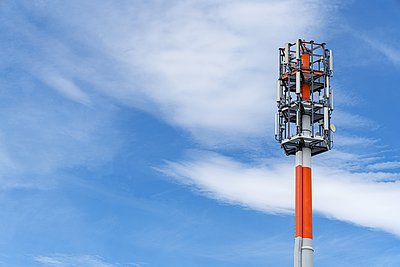Ecological sustainability and resilience are two further aspects that could play a role in the future when it comes to designing frequency regulation in the public interest. The importance of the ICT sector and radio technologies for sustainability, regulatory requirements and measures for sustainability in the ICT sector, integrating sustainability into spectrum regulation decisions, especially, identifying obsolete radio technologies that can be replaced by more efficient technologies, improving sustainability in other sectors by providing radio services as enablers, providing spectrum for modern radio networks to improve energy efficiency in the energy sector, and resilience as another new parameter for future spectrum regulation. Finally, the traditional objectives of spectrum regulation are analysed in the context of sustainability and resilience in spectrum regulation.
Furthermore, the article focuses on the issue of infrastructure competition versus sustainability about the German mobile market and the implications for frequency regulation. Based on a model-theoretical calculation of the utilisation of mobile networks, the question of whether further symmetrical coverage requirements in mobile communications appear to be necessary to establish far-reaching infrastructure competition in the light of sustainability is discussed.



![[Translate to English:] Professor Bernd Sörries](/fileadmin/_processed_/c/7/csm_bd1799e9_klein_9e488ded6f.jpg)